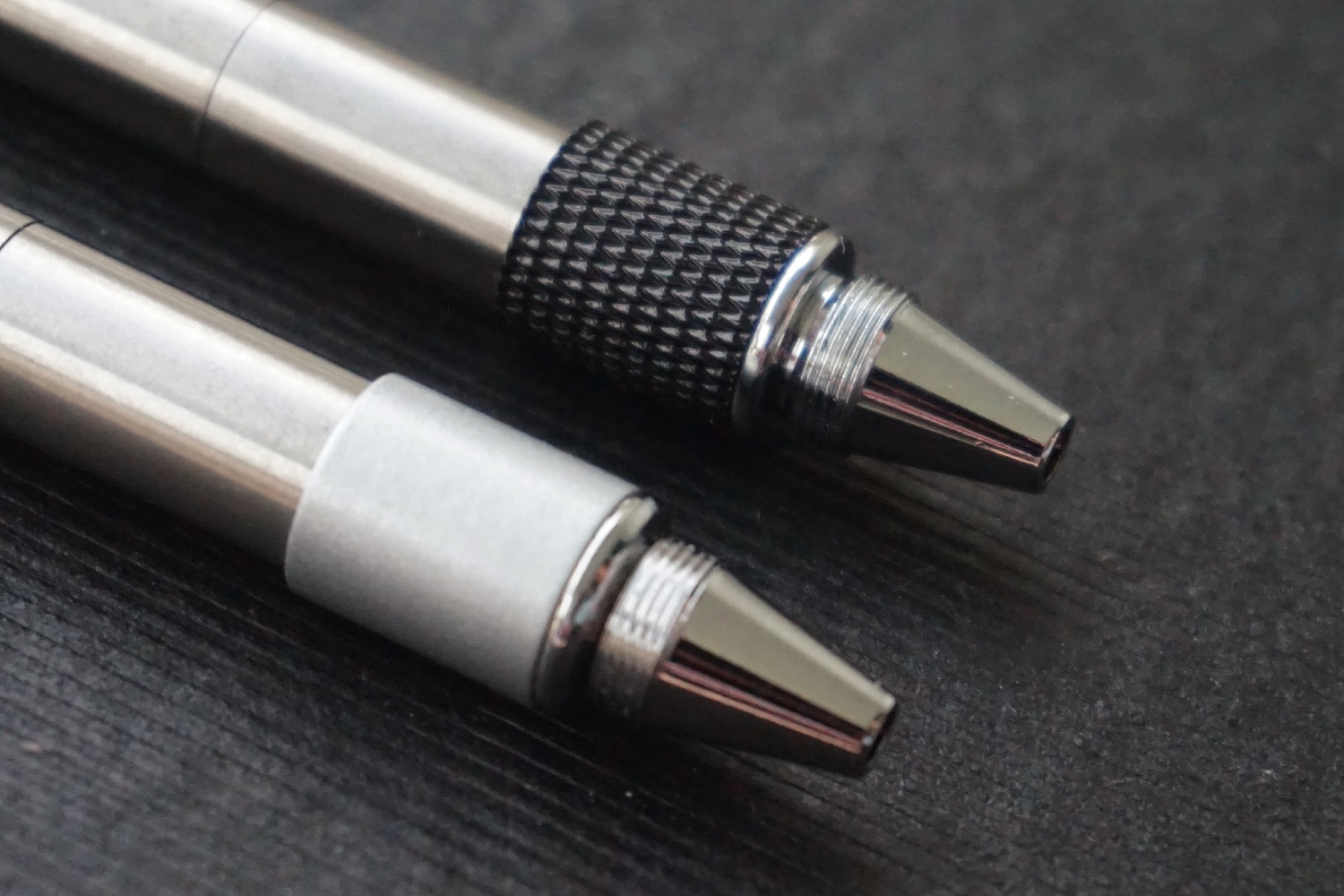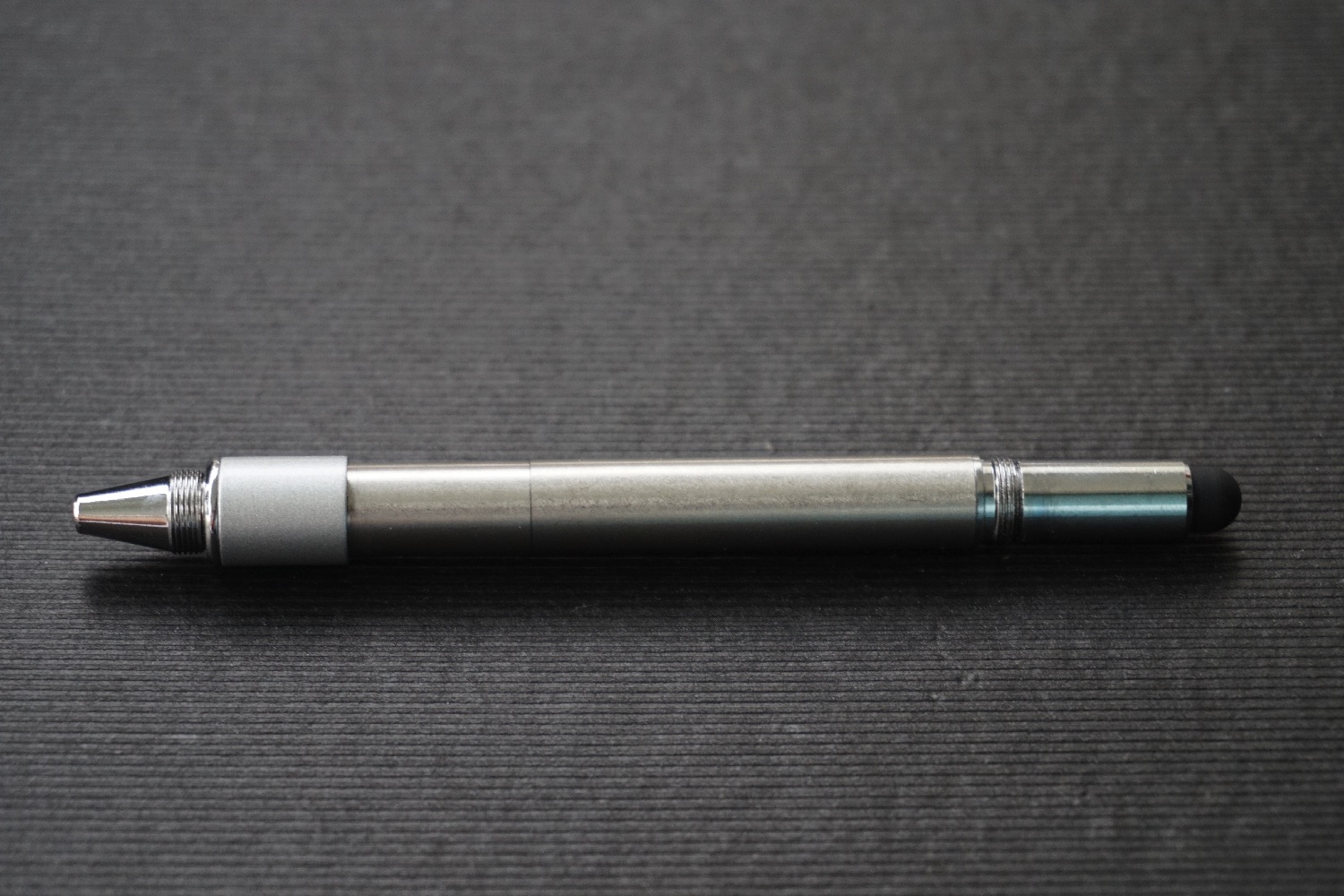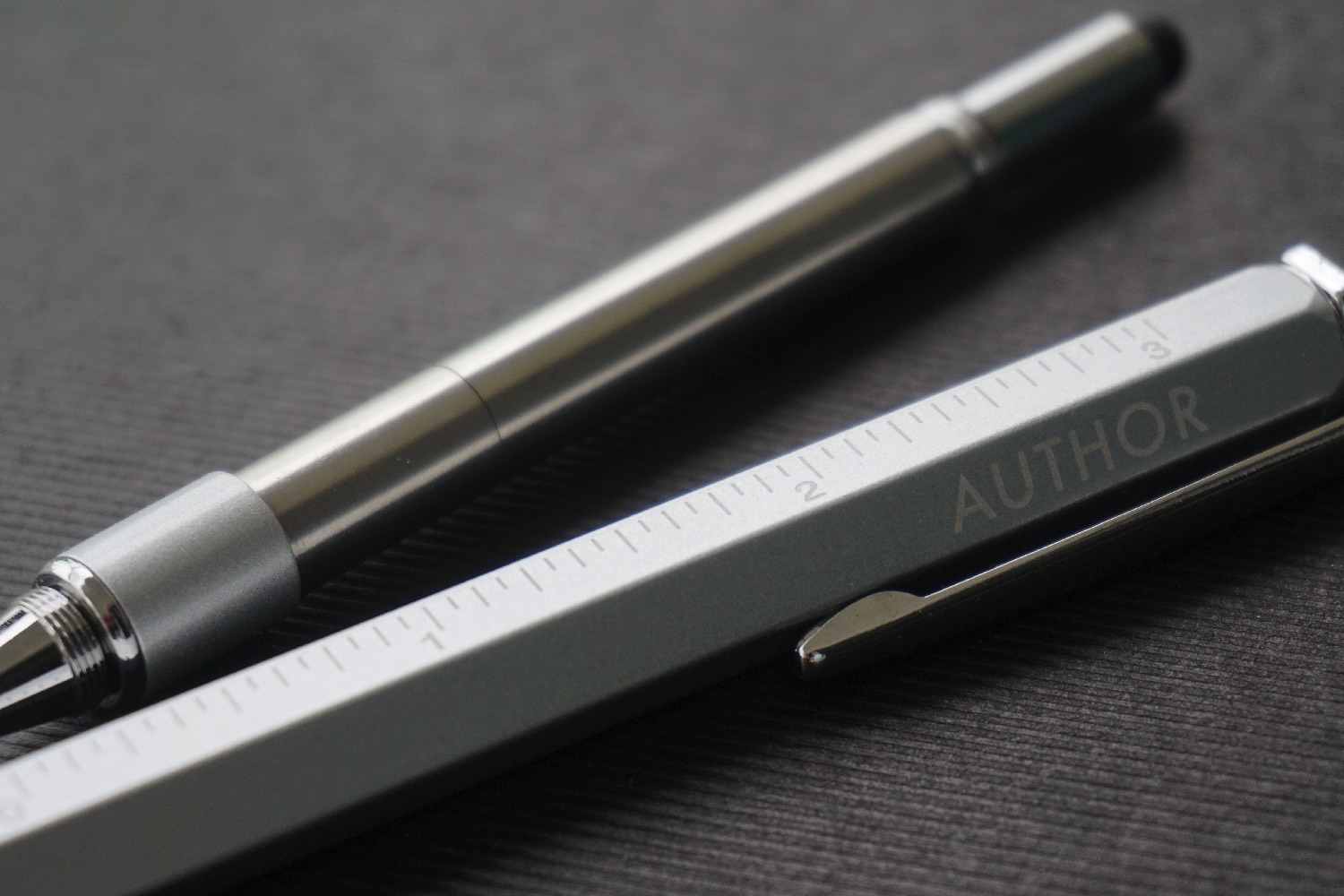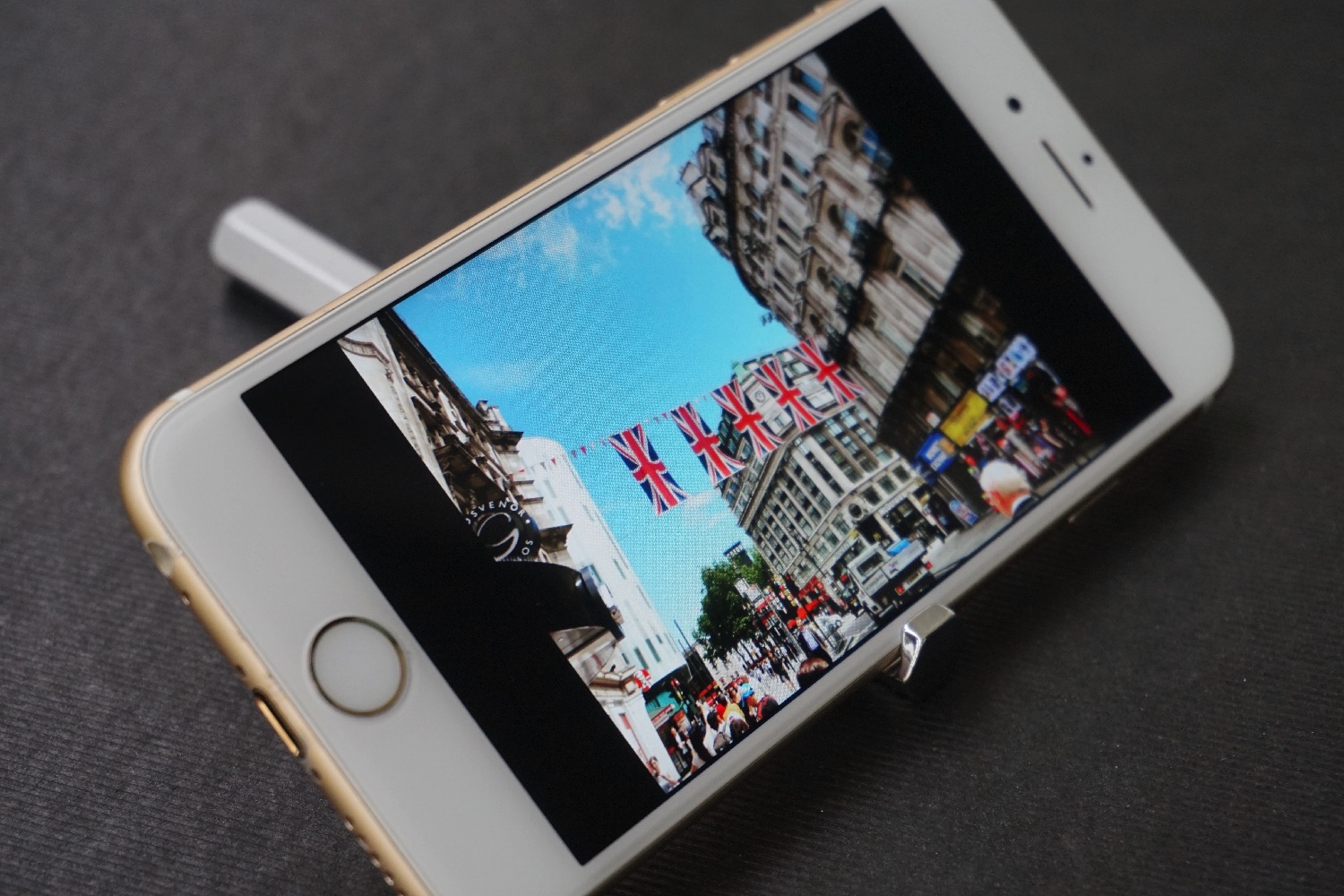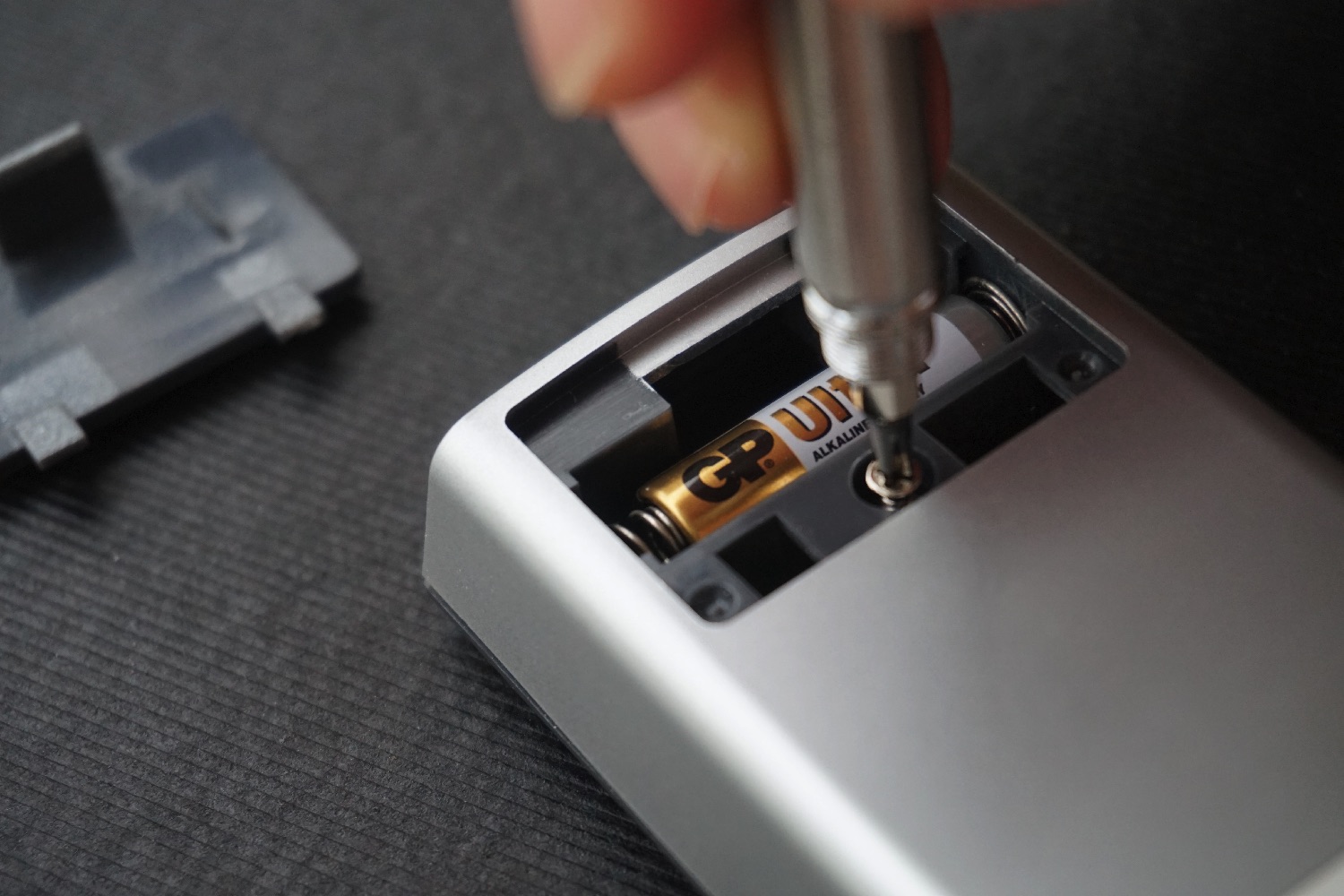Created by a team based in Singapore, the Author looks like an ordinary, albeit stylish writing implement, until you unscrew it to reveal hidden gizmos like a screwdriver, bottle opener, smartphone or tablet stylus, ruler, and more.
“We have created a versatile pen which has the ability to house many other tools,” creator Senri Luo told Digital Trends. “What makes it exciting is that, on top of its current functions, its base construction allows us to create many more add-ons, making it the ultimate all-in-one pen.”
Luo said that he came up with the idea of a compact Swiss Army knife-style pen as an engineering student. “I wanted something compact which I could bring along easily to aid in my basic daily tasks,” he continued. “It should be something I could keep in my pocket when I [didn’t have] my bulky stationary case.”
The design he came up with had two main goals: provide this functionality in a concealed manner, and also to design a high-quality pen that would be both functional and stylish.
You can judge for yourself whether he has achieved that ambition, but there is no doubt that our inner 13-year-old spy fiction fan (oh, who are we kidding? We mean ourselves right now!) are kind of taken by the idea of a pen containing so much hidden gadgetry.
If you want to pick up an Author multifunction pen of your own, you can pre-order a unit on Kickstarter, where it will set you back around $24, with higher-priced options also available. Shipping is set to take place in February.
